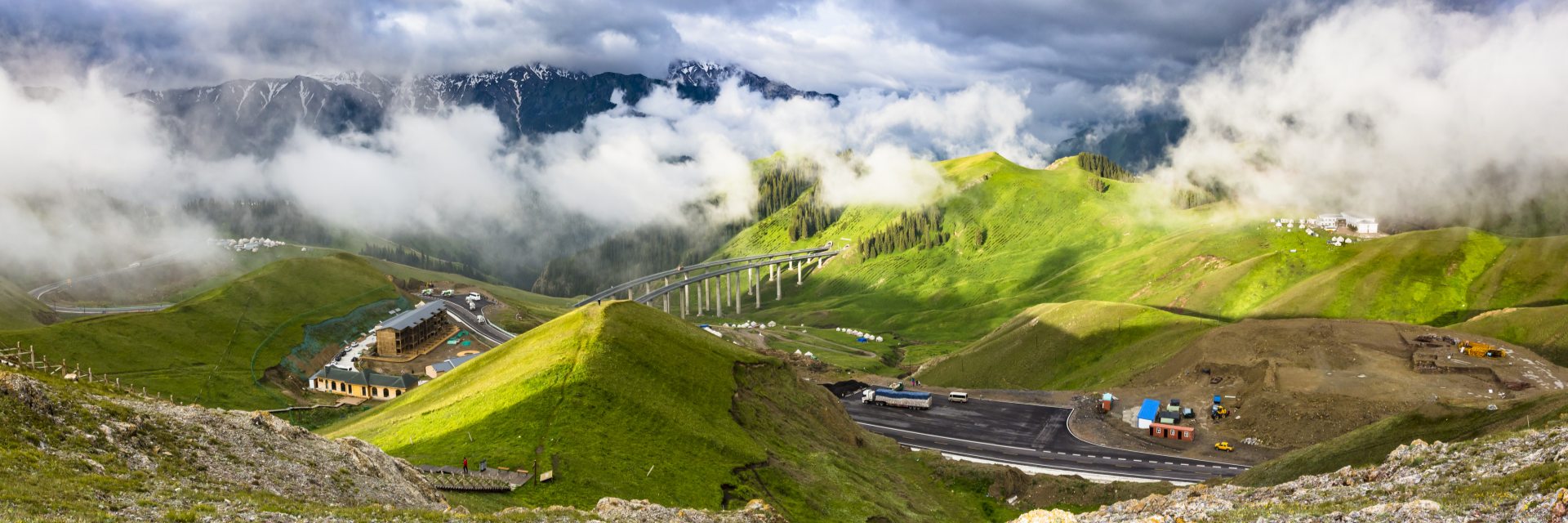
North Xinjiang or South Xinjiang? An Expert Comparison Guide
By Leo
Hello! I’m Leo. Having spent considerable time exploring the vast and diverse landscapes of Xinjiang, I’m often asked about the perennial dilemma: North Xinjiang or South Xinjiang? It’s a question that gets right to the heart of what makes this region so unique. Xinjiang, the largest provincial-level division in China, is geographically divided by the imposing Tianshan Mountains into two distinct halves, each offering a vastly different travel experience. In this guide, I’ll share my insights, blending factual information with personal observations, to help you decide which part of Xinjiang aligns best with your travel aspirations.
Xinjiang’s sheer scale is often underestimated; it’s roughly the size of Iran or about one-sixth of China’s total territory. This vastness means that its northern and southern parts have evolved distinct characteristics in terms of natural landscapes, cultural diversities, and historical narratives. Understanding these differences is key to planning a fulfilling trip.
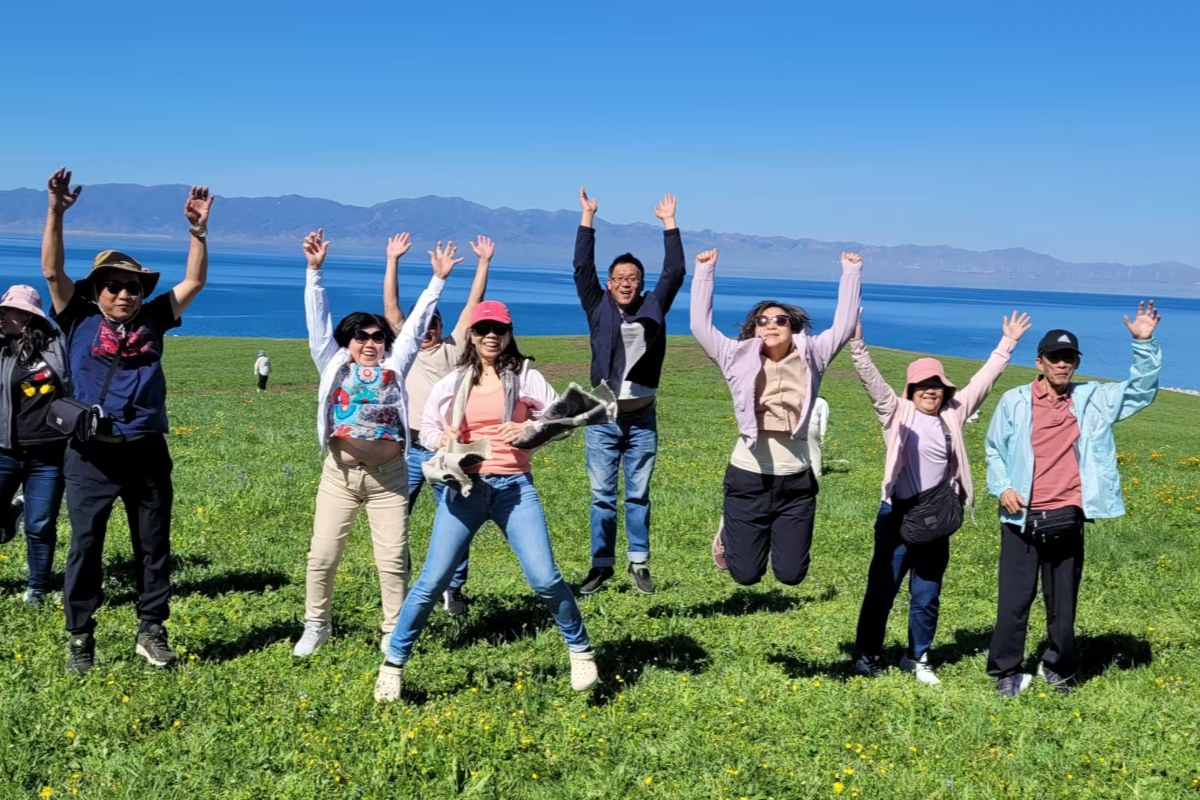
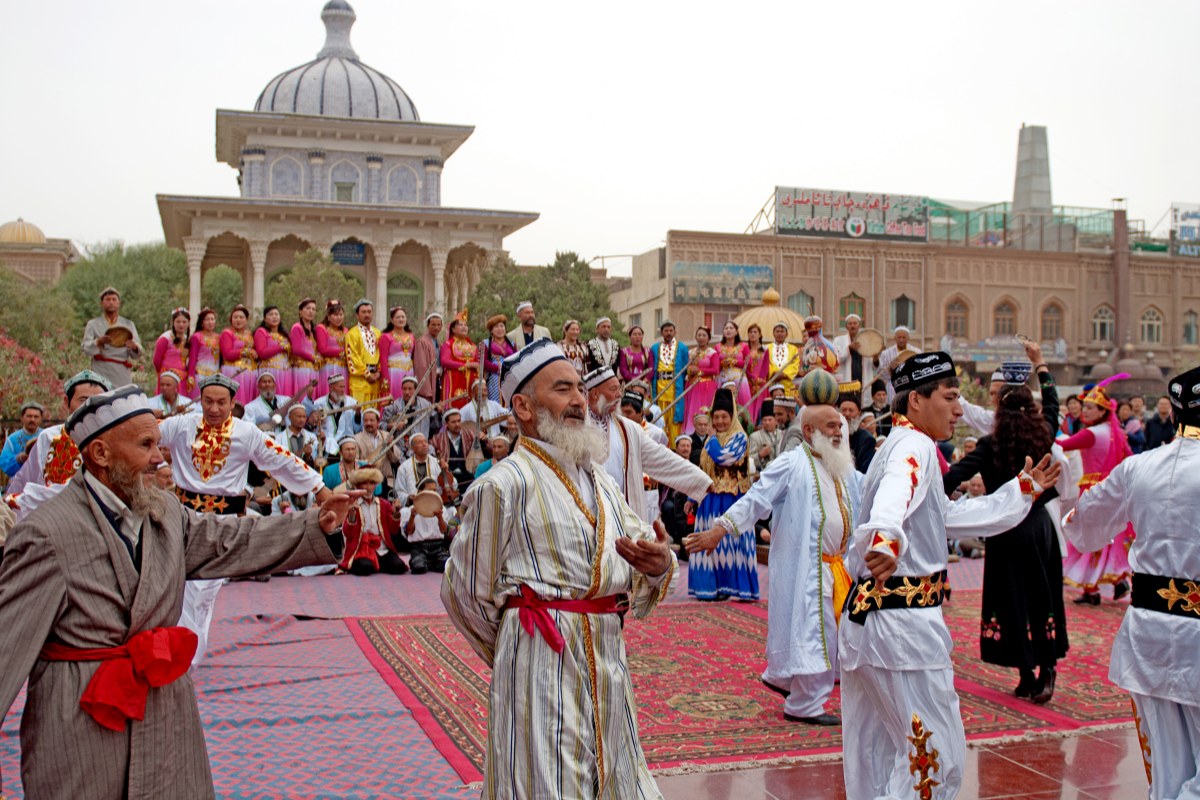
Geographic and Cultural Divide of North Xinjiang & South Xinjiang
The Tianshan Mountain range, running from east to west, acts as a natural separator. North of these mountains lies the Dzungarian Basin, while to the south is the Tarim Basin. This geographical split has profoundly influenced the climate, ecosystems, and the historical development of human settlements in each area.
Northern Xinjiang: A Symphony of Nature and Nomadic Life
Northern Xinjiang, often referred to as Beijiang, is characterized by its breathtaking natural scenery. If you’re a fan of sweeping grasslands, pristine alpine lakes, lush forests, and majestic snow-capped peaks, this is your destination. My travels here have consistently left me in awe of its untouched beauty.
Landscape and Attractions
- Kanas Lake: Nestled in the Altay Mountains near the borders of Kazakhstan, Russia, and Mongolia, Kanas Lake is Northern Xinjiang’s crown jewel. Famous for its ever-changing turquoise and emerald hues, the lake is surrounded by golden birch forests that blaze with color in autumn. Local Tuvan herders add cultural charm, while hiking trails lead to panoramic viewpoints like Guanyu Pavilion. Whether cruising its waters or trekking to Hemugen Village, Kanas feels like a fairy tale—especially when morning mist swirls over its surface.
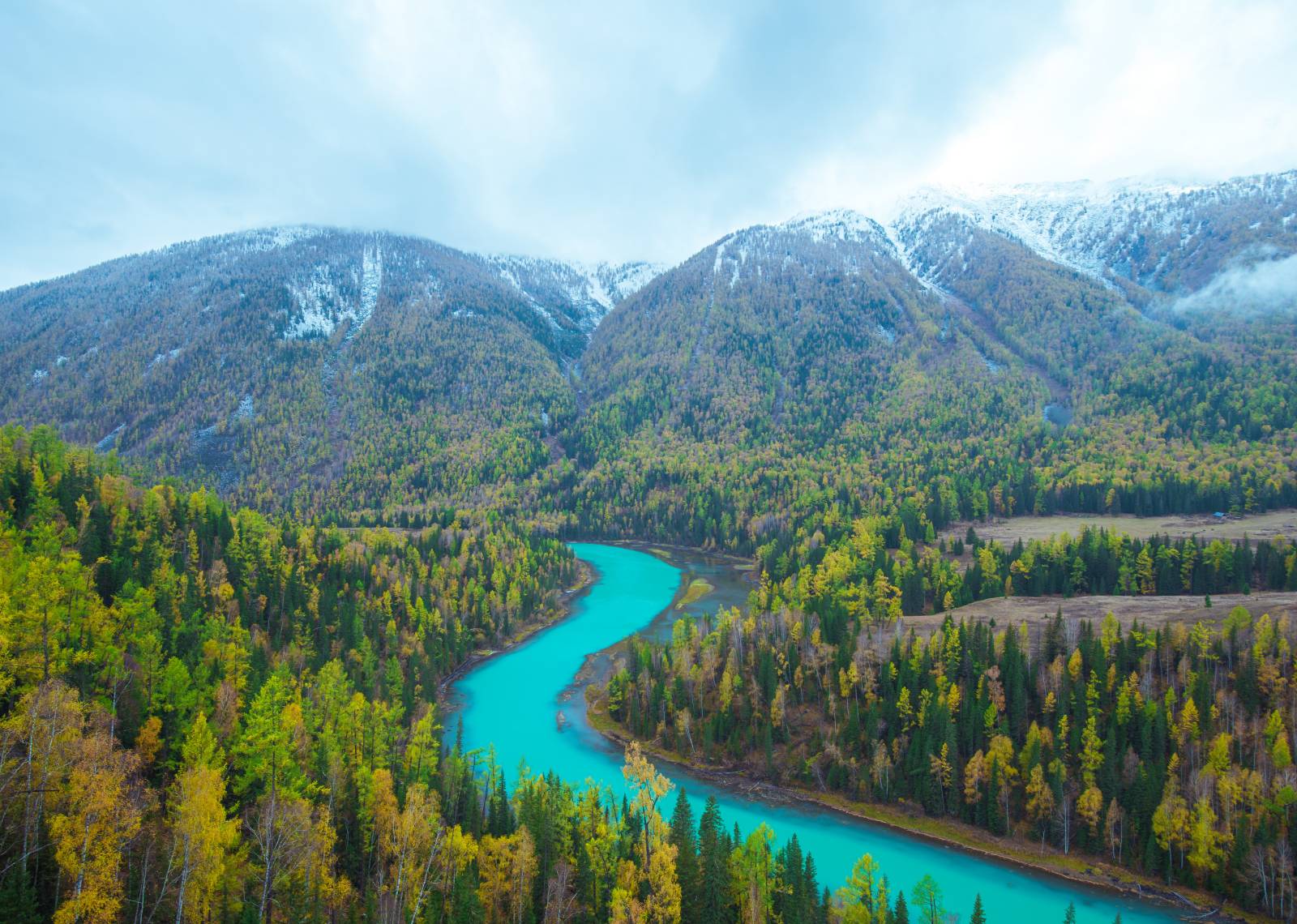
- Ili Grasslands: The Ili Grasslands—including Nalati and Bayinbuluk—are vast emerald seas where Kazakh nomads maintain centuries-old traditions. Stay in a yurt homestay, gallop on horseback past grazing sheep, and taste fresh kumis (fermented mare’s milk). Summer brings wildflower carpets, while autumn turns the valleys gold. Don’t miss the Kazak eagle hunters or the Nine Bends and Eighteen Bends river vistas at sunset. This is nomadic Xinjiang at its most authentic.
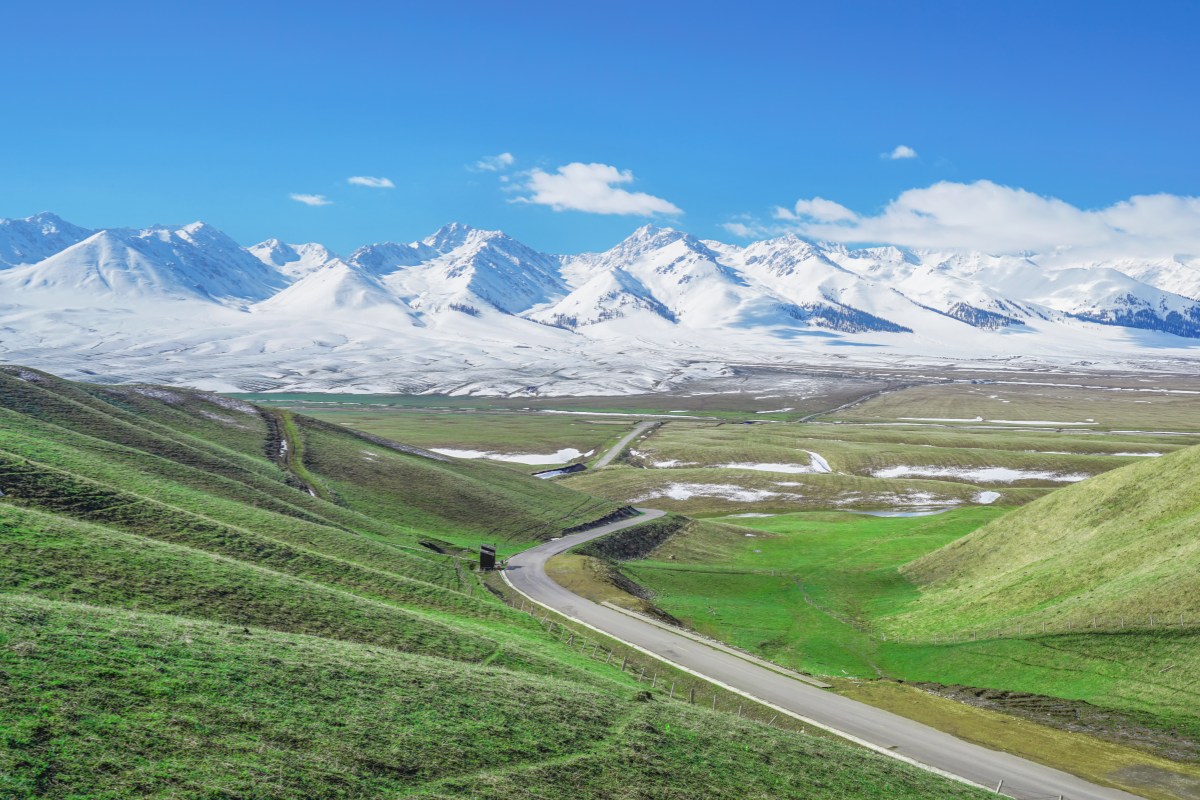
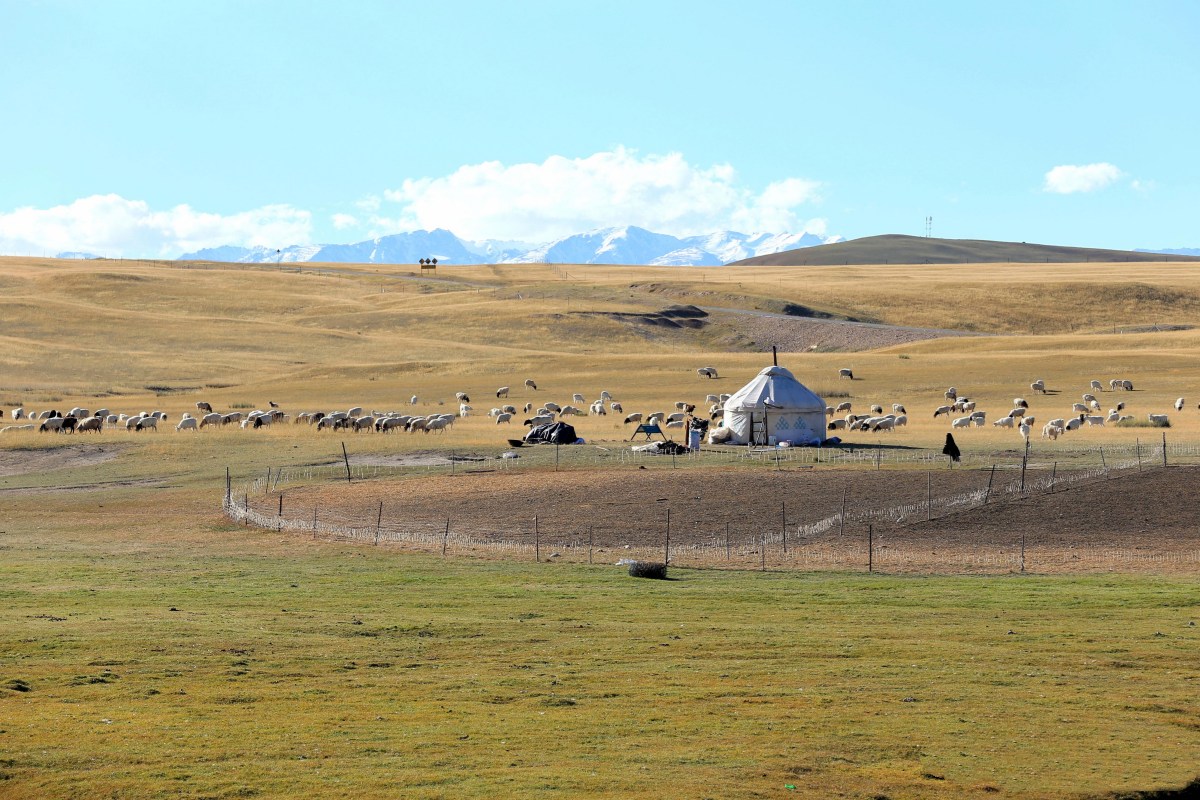
- Tianshan Heavenly Lake (Tianchi): Just 110km from Urumqi, Tianshan Heavenly Lake dazzles with its glacial-blue waters, framed by snow-capped Bogda Peak. Easier to reach than Kanas, it’s perfect for day hikes, boat rides, or visiting the Wangmuchi and Dinghai Needle viewpoints. Legend says it’s the bathing pool of the Queen Mother of the West, adding mythical allure. Visit in September when larch trees turn gold, doubling the lake’s brilliance.
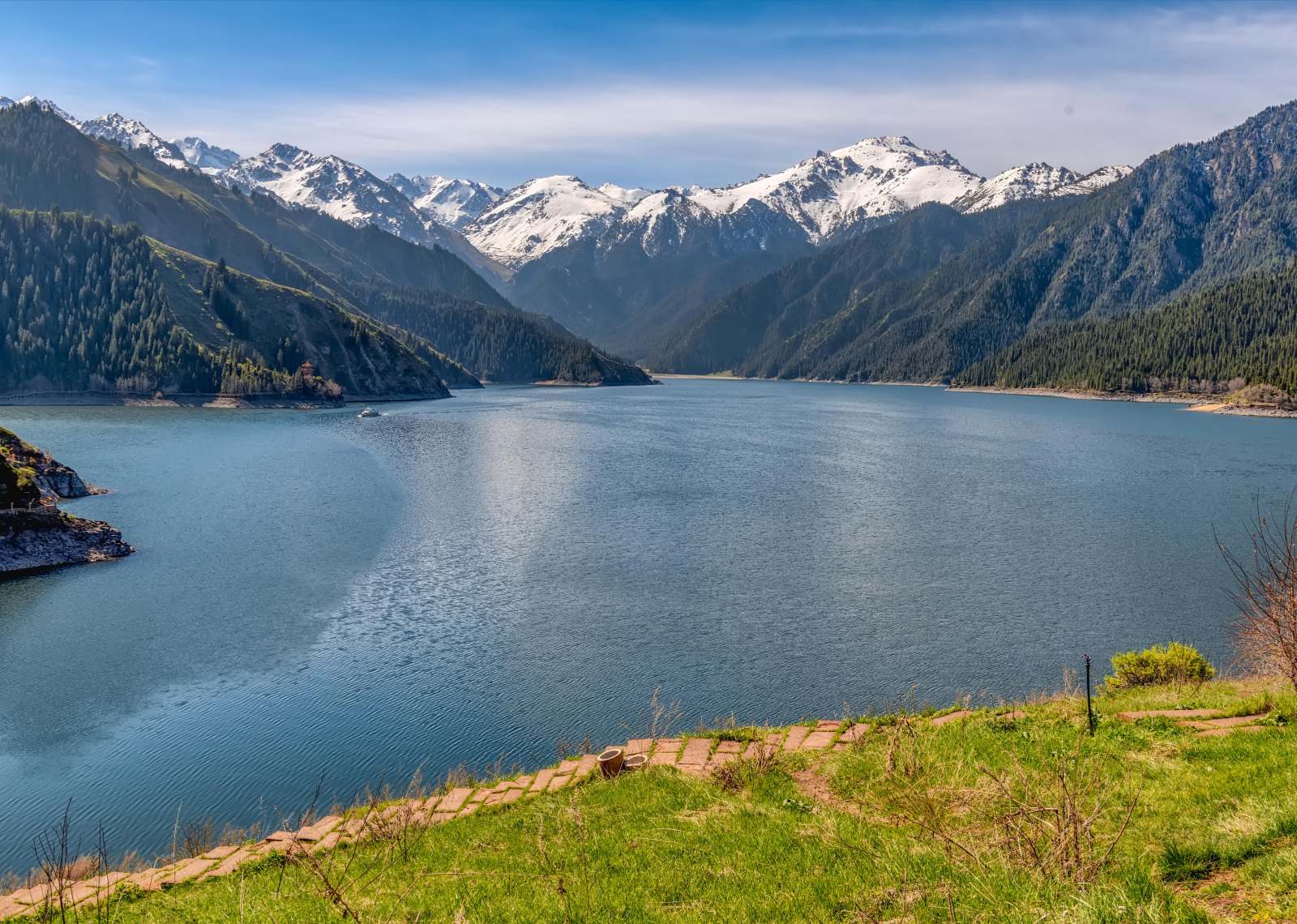
- Multi-colored Bay (Wucaitan): A surreal Yardang landform, Wucaitan looks like an artist’s palette with stripes of red, yellow, and purple sandstone. Best visited at sunset or sunrise, the colors intensify under angled light. Wind and water erosion carved these ridges over millennia—walk the boardwalks to admire the “Earth’s Rainbow.” Nearby, the Karamay Oil Fields add an industrial contrast. A drone’s-eye view reveals its full, psychedelic grandeur.
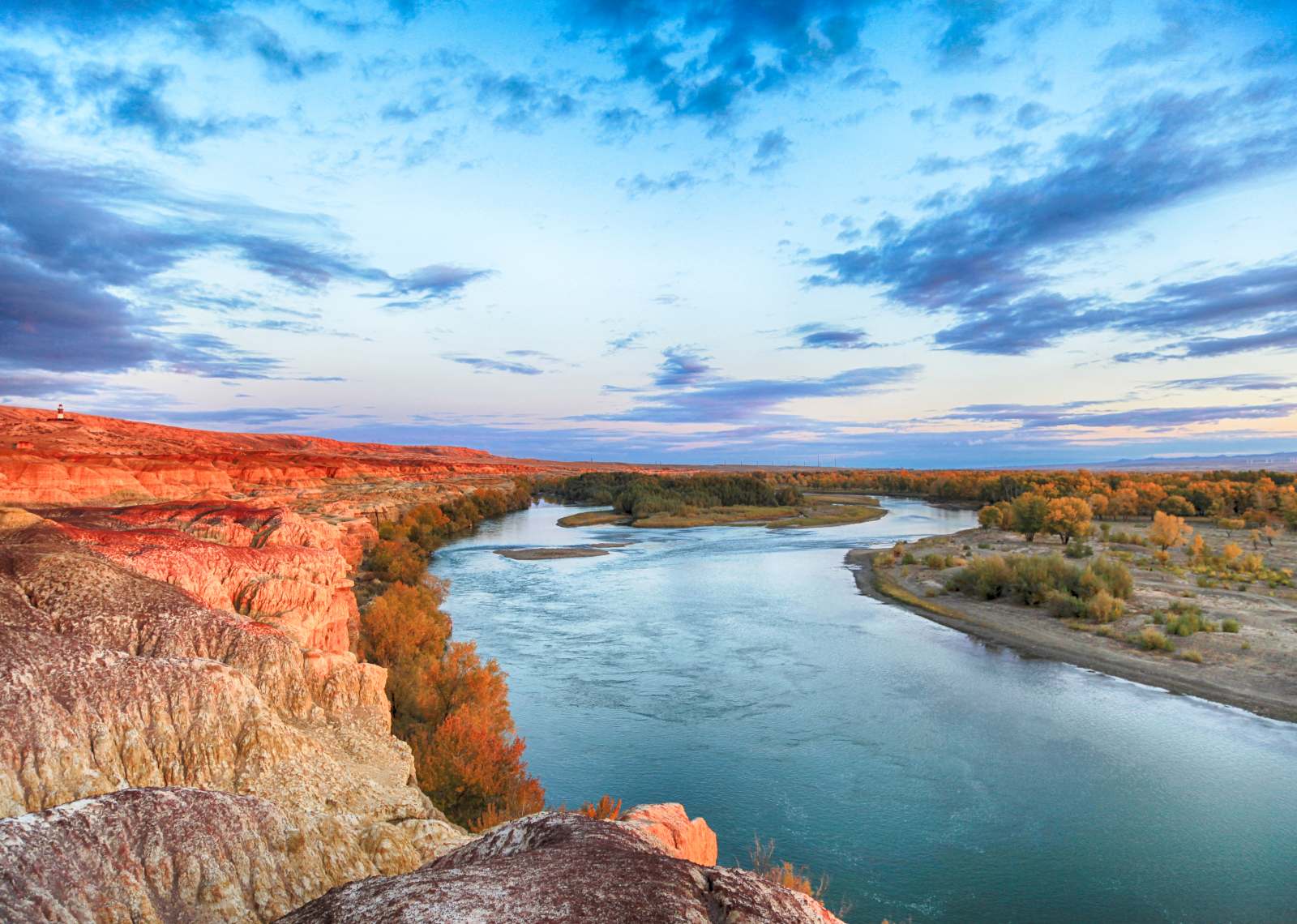
- Karamay Ghost City (Urho): Step into a martian landscape at Urho Ghost City, where wind-sculpted Yardang rocks loom like ancient ruins. The howling wind amplifies its eerie vibe—locals say it’s haunted by phantom whispers. By day, the formations resemble castles, ships, and beasts; at golden hour, they glow red. Visit the “Devil’s City” section for the most dramatic shapes, or camp overnight to stargaze amid this geological wonder.
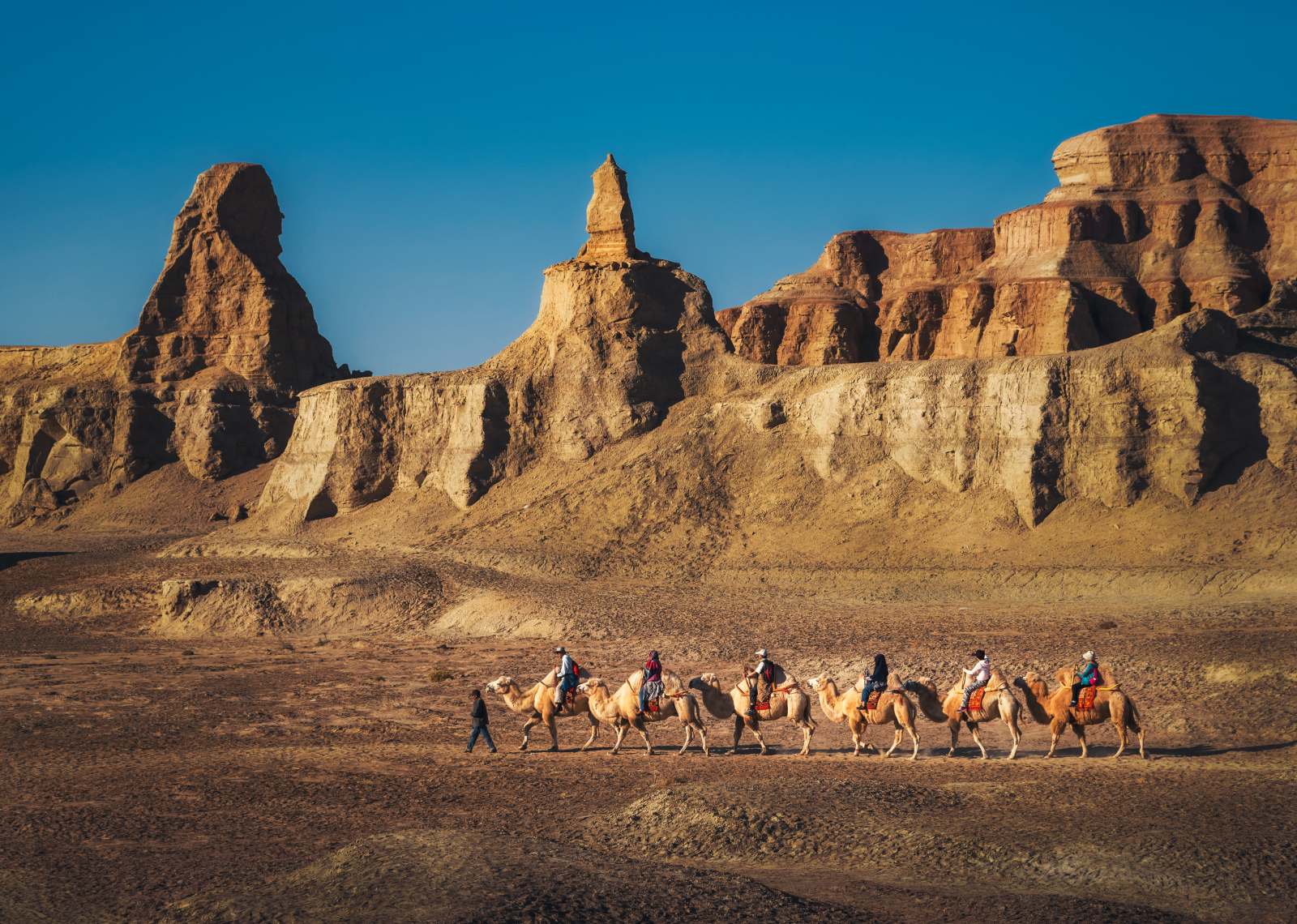
Northern Xinjiang is home to a more diverse mix of ethnic groups, with Kazakh, Han, Mongol, and Hui peoples forming the majority. The nomadic culture, particularly that of the Kazakhs, is very prominent. You’ll find a different cultural rhythm here, deeply connected to the land and livestock.
Southern Xinjiang: A Tapestry of History and Desert Culture
Southern Xinjiang, or Nanjiang, presents a stark contrast. It is predominantly characterized by its historical sites, deep-rooted Uyghur culture, and vast desert landscapes, including the formidable Taklamakan Desert. If you’re drawn to ancient Silk Road history, bustling bazaars, and a more profound cultural immersion, Southern Xinjiang is your calling.
Landscape and Attractions
Kashgar Ancient Town
- Kashgar Old City: As the cultural soul of Southern Xinjiang, Kashgar Old City transports visitors back to the Silk Road’s golden age. Wander through its labyrinth of sun-baked mud-brick alleys, where Uyghur artisans craft copperware and woodcarvings just as their ancestors did. The Id Kah Mosque, China’s largest, echoes with calls to prayer, while the Sunday Grand Bazaar bursts with spices, textiles, and livestock—a sensory overload. Don’t miss the century-old teahouses where elders sip tea under vine-covered trellises. This is living history, untouched by time.
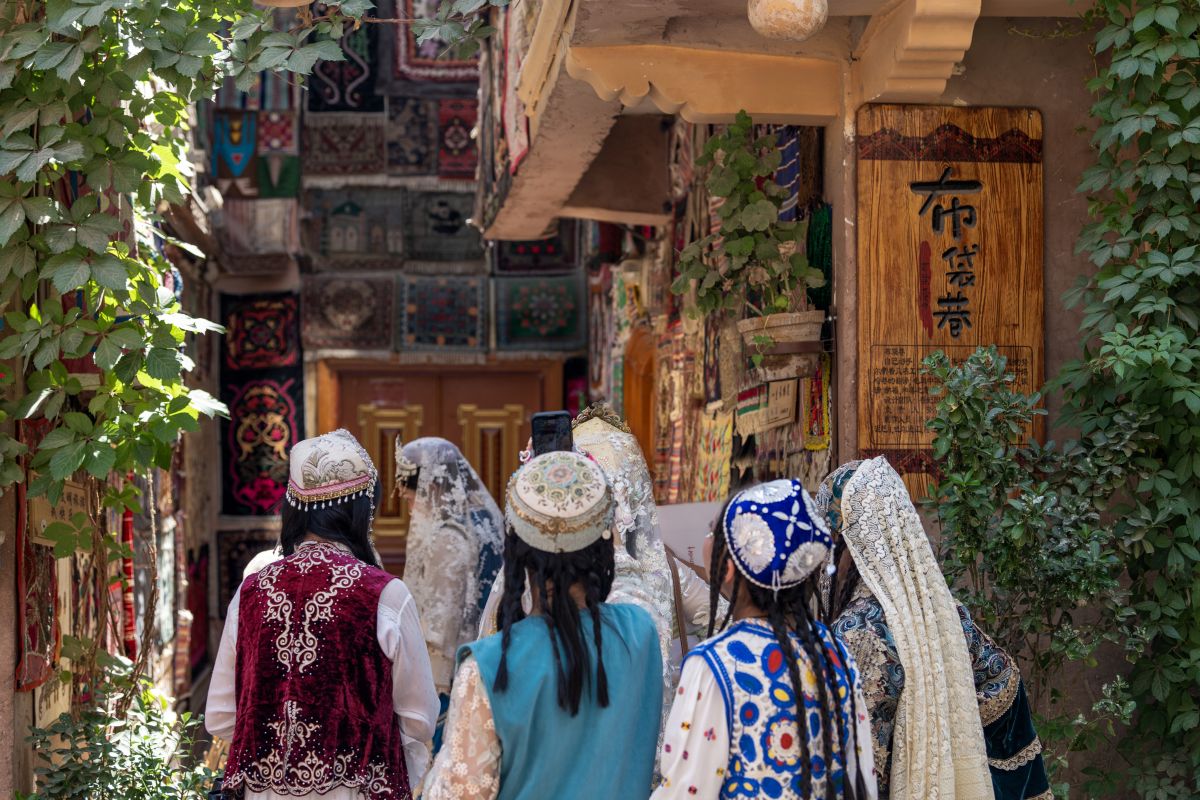
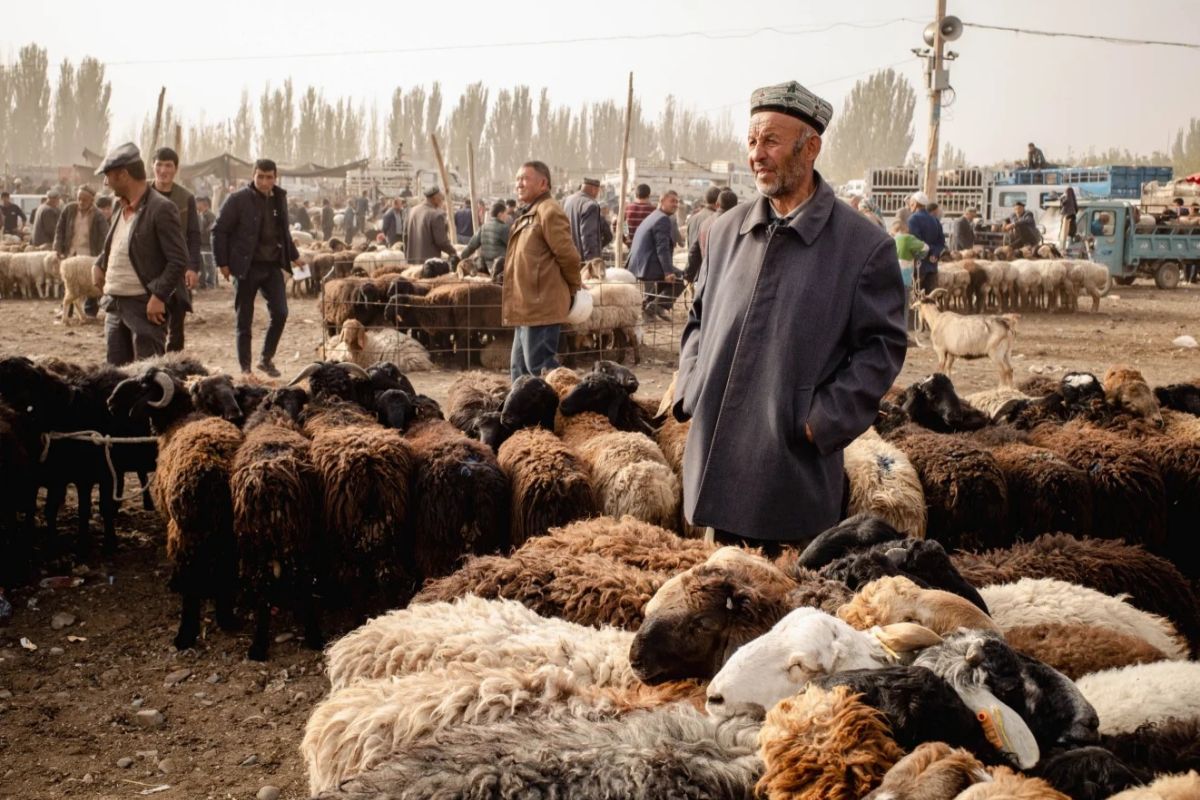
- Hotan: Famed as the “Jade Capital,” Hotan is a Silk Road gem where Uyghur craftsmanship thrives. Hunt for nephrite jade in the White Jade River, watch artisans weave Hotan carpets (taking months per piece), or visit silk workshops using 2,000-year-old techniques. The Hotan Night Market dazzles with lamb skewers, nang bread, and golden melons. Nearby, the Rawak Stupa whispers of Buddhist history. Here, every alley hums with tales of ancient trade caravans.
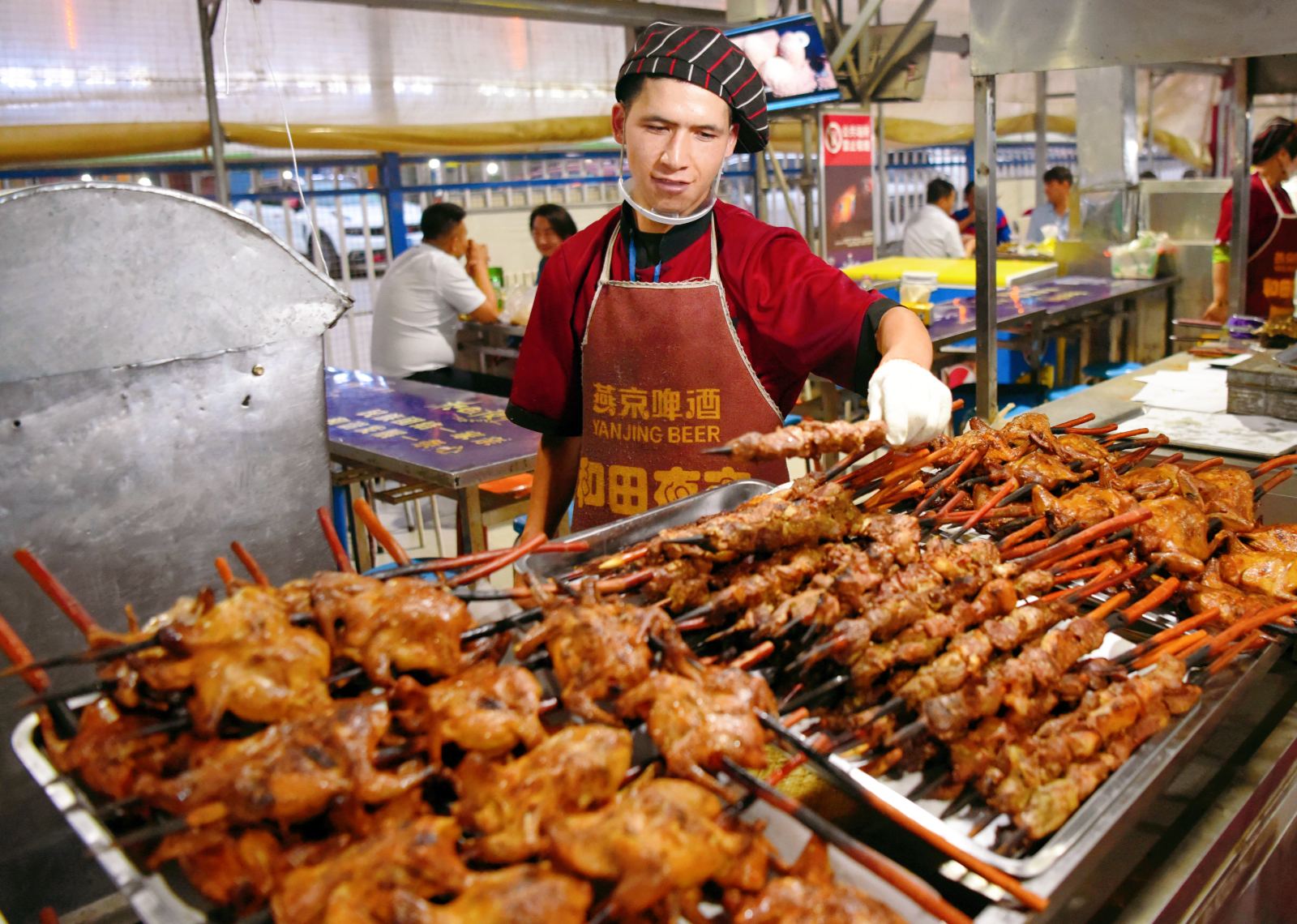
- Taklamakan Desert: The Taklamakan, Earth’s second-largest shifting-sand desert, is a sea of dunes swallowing Silk Road relics. Traverse the desert highways—like the Tarim Desert Road—where poplar trees defy the sands, or join a camel trek to abandoned cities like Loulan. At night, the silence is deafening, the stargazing sublime. This is no typical attraction but a raw testament to nature’s power and human resilience.
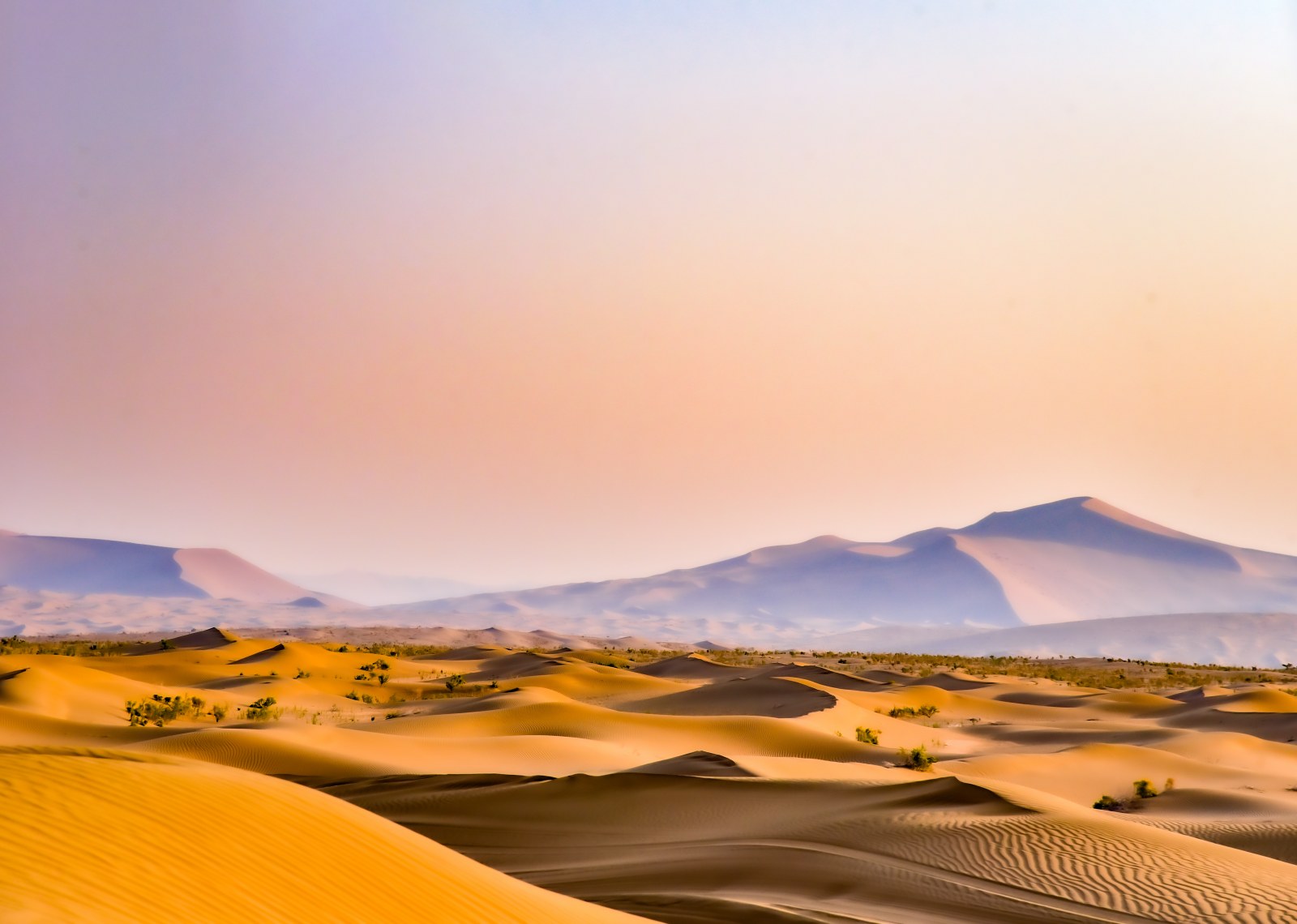
- Tianshan Grand Canyon: Near Urumqi but echoing Southern Xinjiang’s ruggedness, the Tianshan Grand Canyon is a geological masterpiece. Crimson cliffs tower over narrow gorges, their striations revealing 200 million years of erosion. Hike to the Golden Temple viewpoint or the Camel’s Neck rock formation. In spring, wildflowers dot the valleys; in winter, ice cascades freeze mid-fall. A hidden rival to the Grand Canyon’s grandeur.
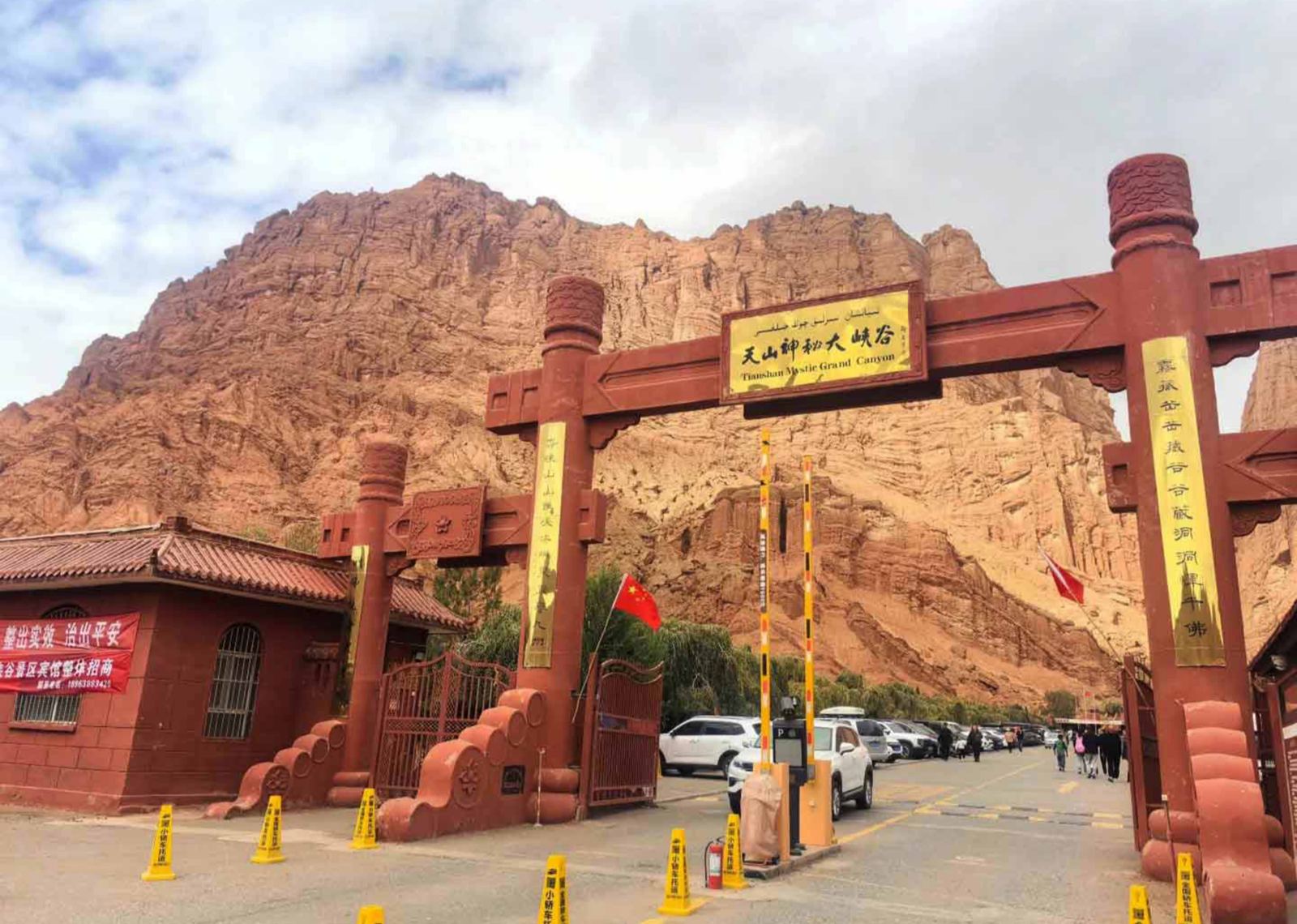
- Flaming Mountains (Turpan): Turpan’s Flaming Mountains blaze scarlet at sunset, their ridges likened to dragon scales. This 98km stretch inspired Journey to the West legends—locals say Monkey King borrowed a fan here to quench the flames. Nearby, the Karez Wells, an ancient underground irrigation system, sustain vineyards yielding Xinjiang’s sweetest grapes. Pair with visits to the ruins of Jiaohe, a 2,300-year-old city carved from clay. Heat and history intertwine in this desert oasis.
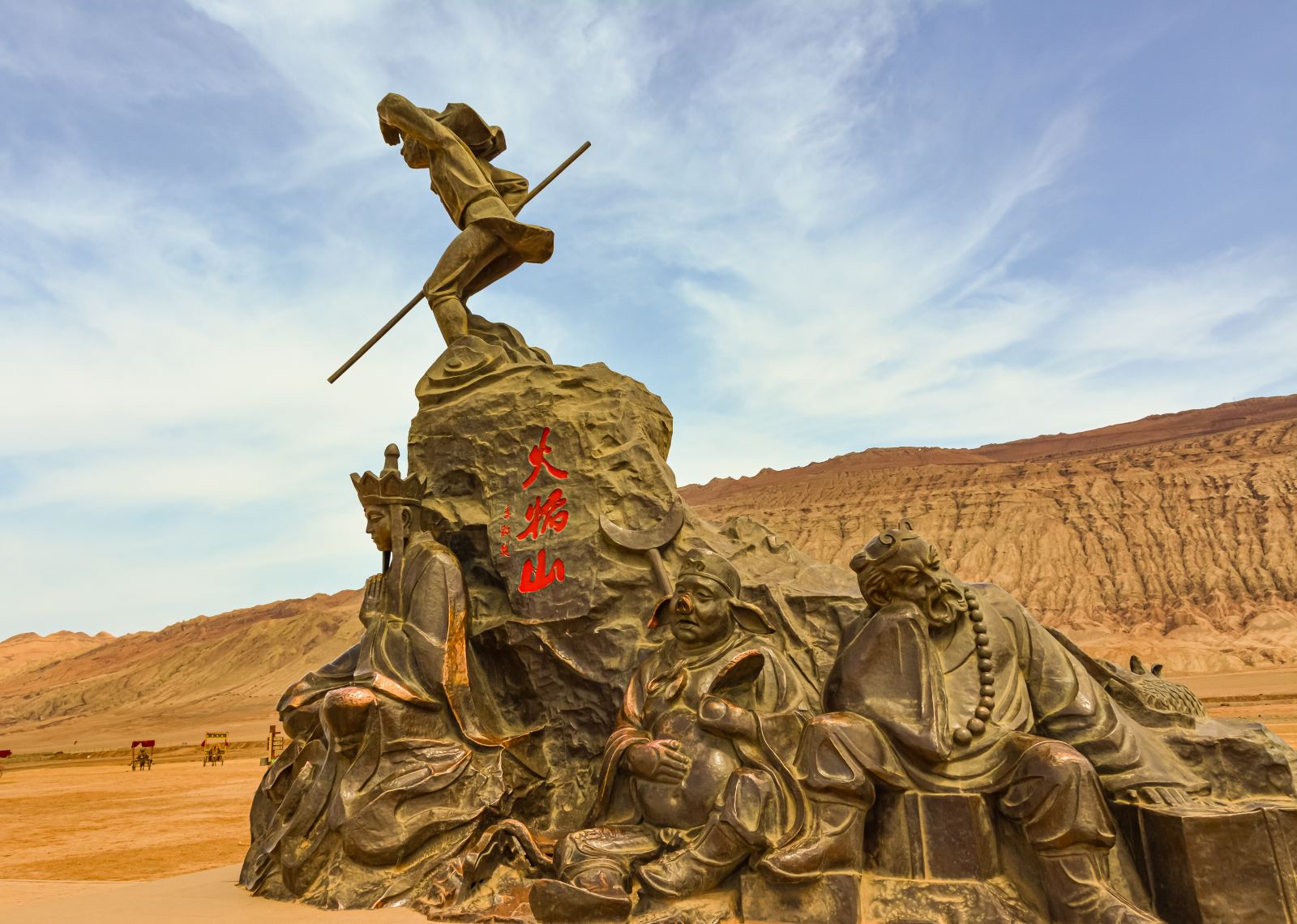
Southern Xinjiang is primarily home to the Uyghur ethnic group, whose distinct Turkic culture, language, and Islamic traditions are deeply embedded in the daily life. The culture here is agricultural, centered around the oasis towns, with vibrant music, dance (like Mukamu), and unique culinary traditions.
Comparing Key Aspects: North vs. South
To help you further differentiate, I’ve compiled a comparison of key aspects:
| Feature | North Xinjiang | South Xinjiang |
| Weather Characteristics | Four distinct seasons; generally colder winters, cooler summers | Hot and arid, especially in summer; mild winters in some areas |
| Main Attractions | Kanas Lake, Ili Grasslands, Heavenly Lake, Altay Mountains | Kashgar Old Town, Hotan, Turpan (Flaming Mountains, Jiaohe), Taklamakan Desert |
| Dominant Landscape | Mountains, grasslands, lakes, forests | Deserts, Gobi, ancient oasis cities, rugged mountains |
| Cultural Focus | Nomadic culture (Kazakh), diverse ethnic mix | Uyghur culture, historical Silk Road heritage |
| Best Travel Season | Summer (June-August) for lush greenery; Autumn (Sept-Oct) for golden foliage | Spring (April-May) and Autumn (Sept-Oct) to avoid extreme summer heat |
| Accessibility & Infrastructure | More developed transportation networks, easier access to major cities like Urumqi | Transportation available, but often longer travel times and less direct routes between distant sites |
Making Your Choice: My Recommendations
When advising friends or fellow travelers, I always emphasize that the “better” choice depends entirely on your interests and available time.
Choose Northern Xinjiang if you are:
- A nature enthusiast seeking pristine landscapes, hiking, and outdoor activities.
- Interested in experiencing nomadic cultures and vast grasslands.
- Looking for stunning photographic opportunities, especially during autumn.
- Preferring more developed tourism infrastructure and accessibility.
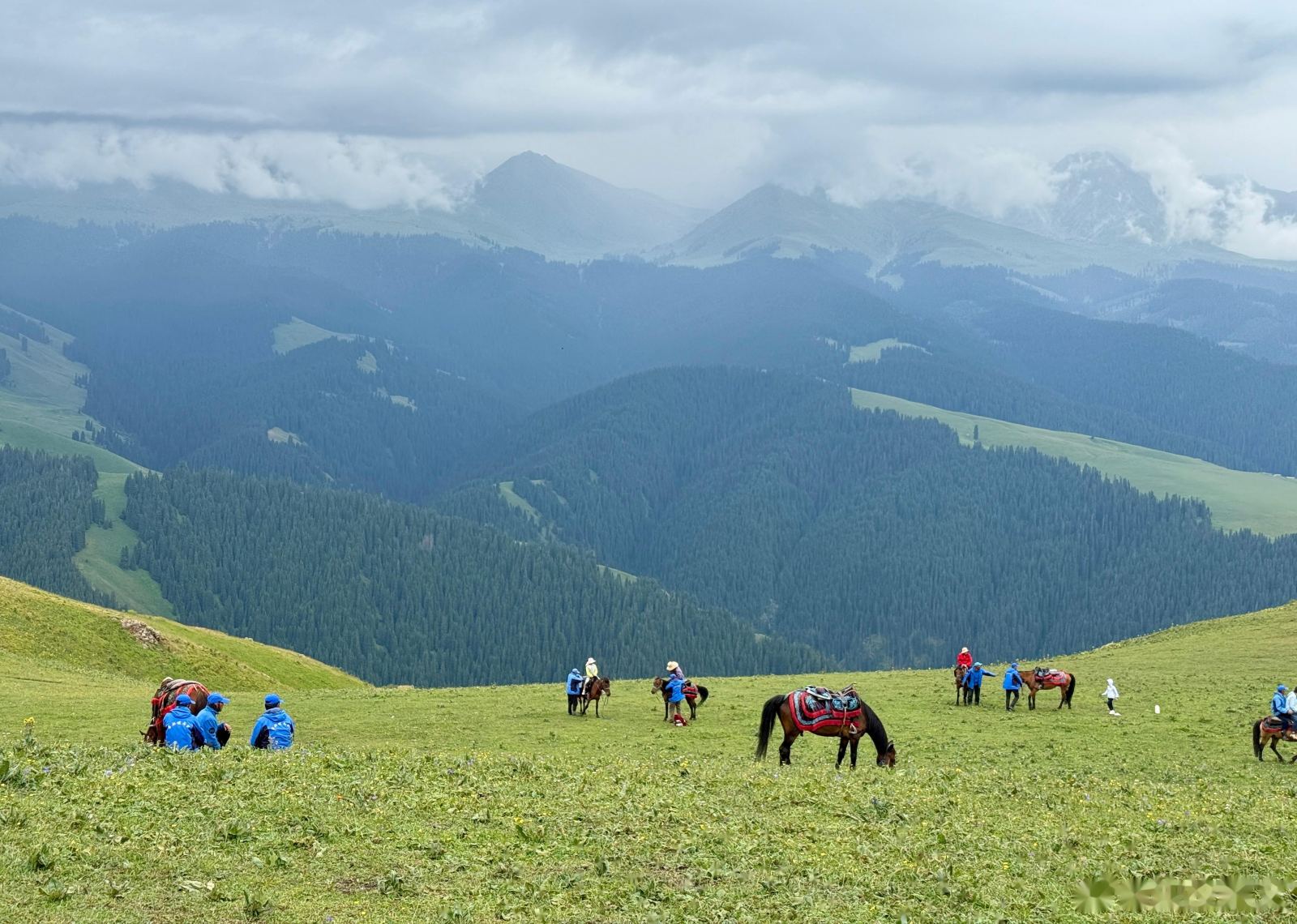
Choose Southern Xinjiang if you are:
- A history buff fascinated by the ancient Silk Road and its cultural legacy.
- Eager to immerse yourself in the unique Uyghur culture, markets, and architecture.
- Intrigued by desert landscapes and ancient oasis civilizations.
- Seeking a deeper, more profound cultural exchange.
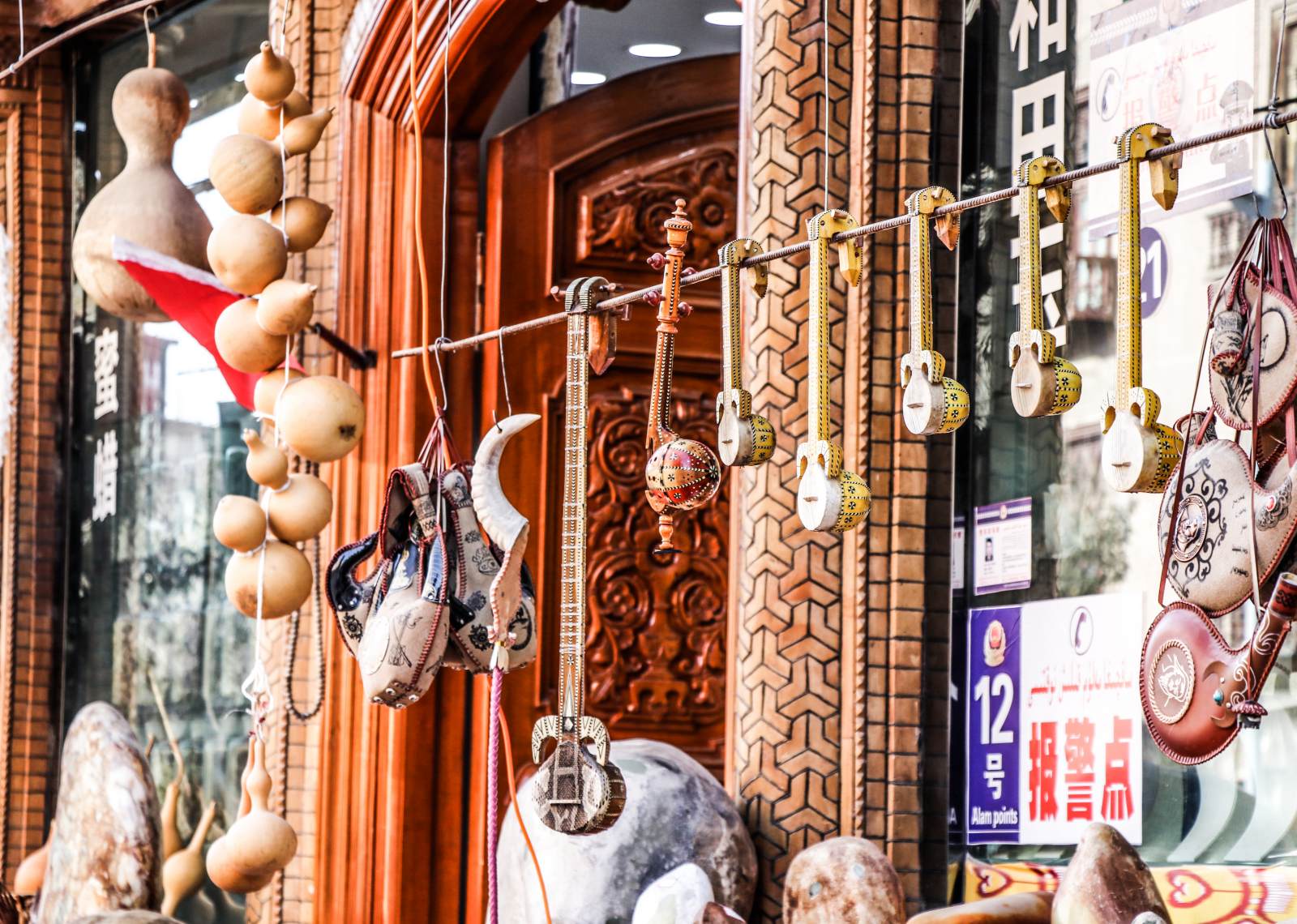
If you have ample time (say, 2-3 weeks or more), a comprehensive tour covering both regions is certainly possible and highly rewarding. However, for shorter trips (1-2 weeks), I strongly recommend focusing on either the North or the South to avoid rushed experiences and truly appreciate the nuances of each area.
Personal Perspective: Navigating the Realities of Travel in Xinjiang
Beyond the landscapes and cultures, it’s important to be aware of the practicalities of traveling in Xinjiang. This region has garnered international attention for various reasons, and while I always felt safe during my visits, it’s true that there’s a noticeable security presence, especially in urban areas and near sensitive sites. Police checkpoints are common, and you will need to carry your passport and relevant documents at all times. My personal experience has been that local officials are generally polite and helpful, and these measures are primarily in place for security.
Another point to remember is the vast distances. Travel between attractions can be long, often requiring significant time on roads or trains. Hiring a local guide or joining a reputable tour group can greatly enhance your experience, especially for logistics and navigating cultural nuances. They can also help with real-name registration requirements for attractions and hotels, which are common.
The culinary scene in Xinjiang is also a highlight. Influenced by Central Asian and Middle Eastern flavors, the food is incredibly hearty and delicious. Don’t miss out on laghman (hand-pulled noodles), kebabs (shashlik), polo (pilaf), and nang (a type of flatbread). The fruits, especially melons and grapes, are also exceptionally good, particularly in Turpan.
Ultimately, Xinjiang offers an unparalleled adventure for those willing to explore its unique blend of natural wonders and rich cultural heritage. Whether you choose the north or the south, you’re in for an unforgettable journey.
Recommended Xinjiang Tours:
Northern Xinjiang Scenic Tour: Urumqi Keketuohai Burqin Hemu Kanas & Urho